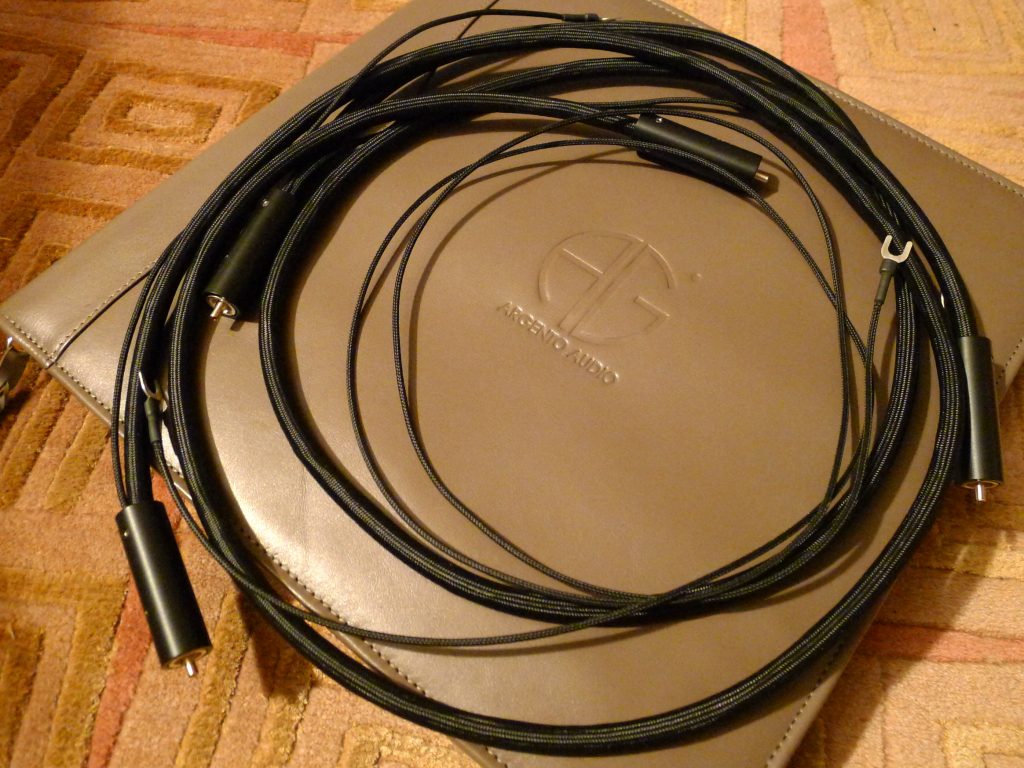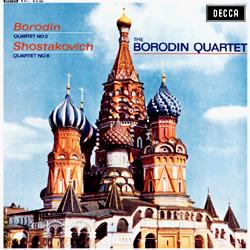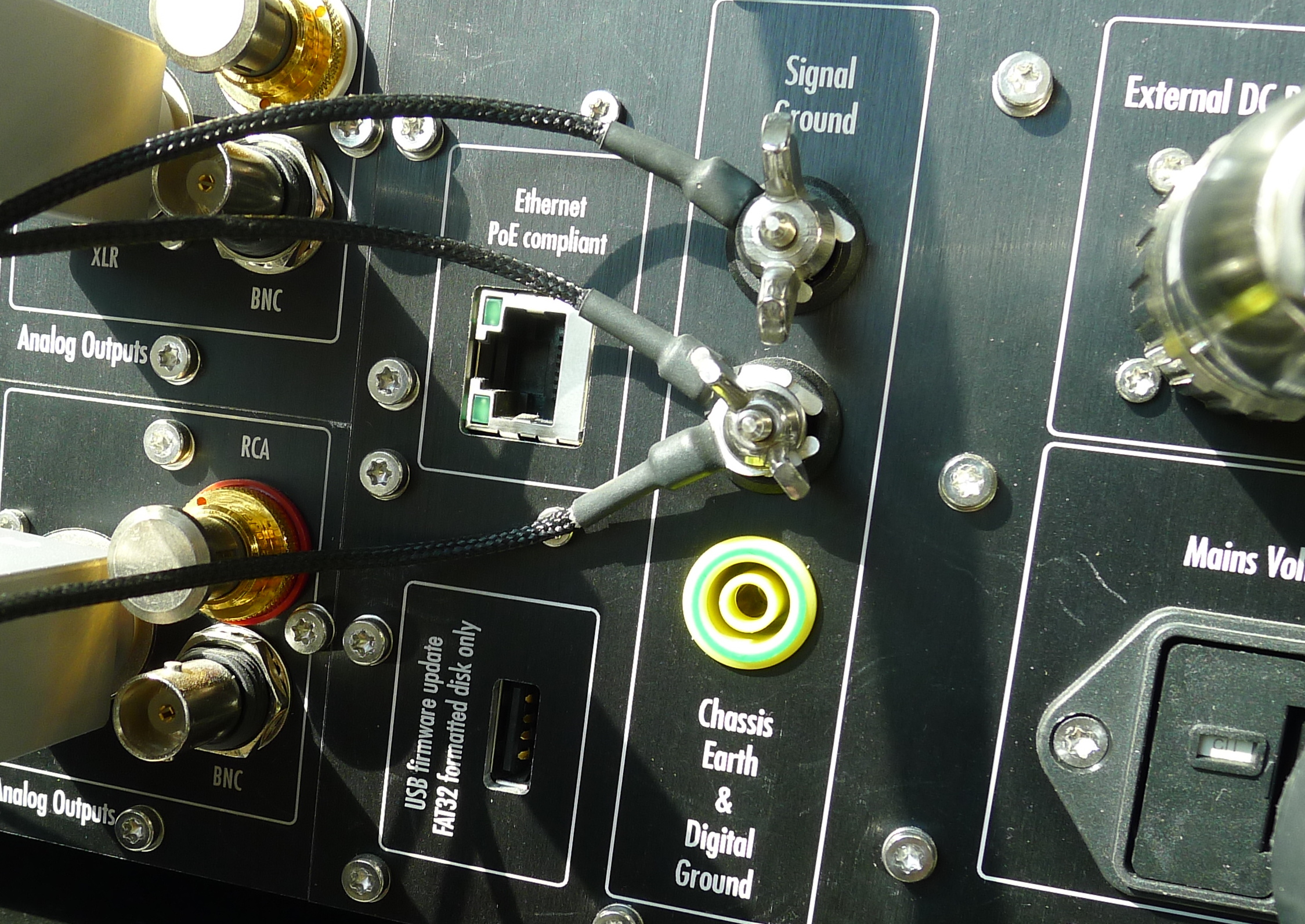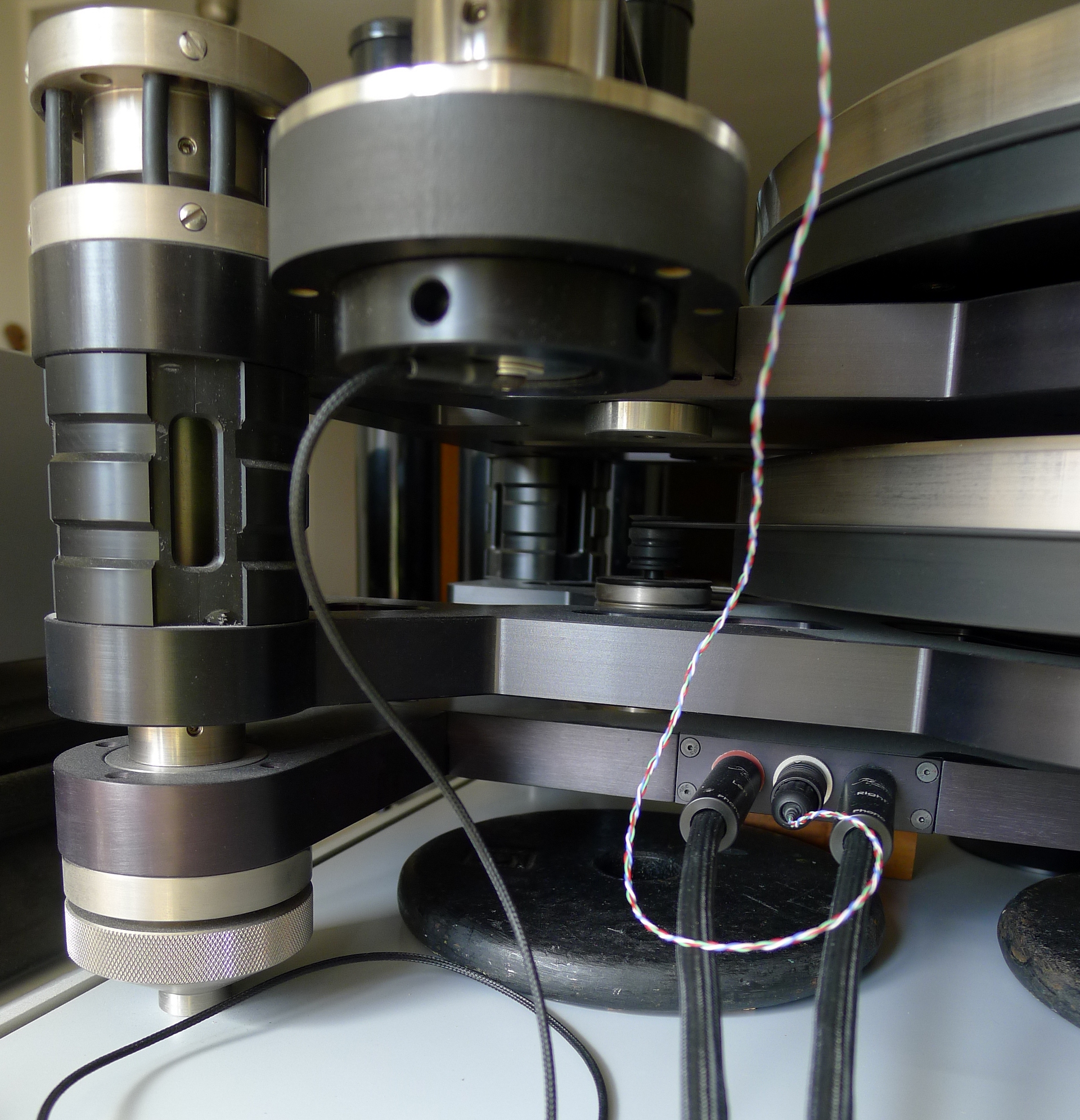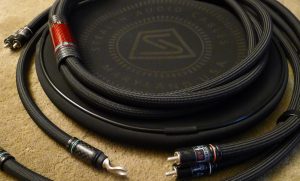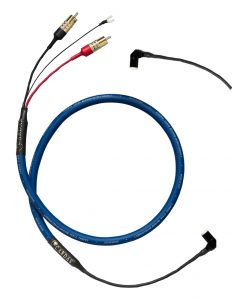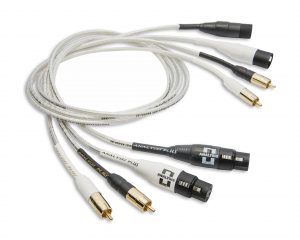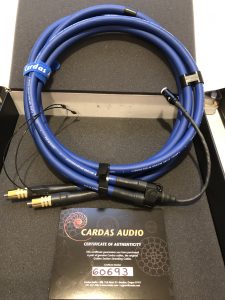Now that the 2018 classical concert season has drawn to a close, I'd like to share a few of my most contentious observations: 1) the best European orchestras maintain an edge over those from the New World; 2) there are some surpassingly fine ensembles among the next-gen of string quartets; and 3) something must be done to stop the intrusion of cell phones.
The observation regarding the string quartets is international in scope, if not universal in practice. As exhibit A, I refer you to the Danish String Quartet (Denmark), the Quatuor Ébène (France), and the Dover and Calidore (both United States).
What distinguishes these quartets? All embrace a hint of "old-world style," a century-old aesthetic originating in Eastern Europe.
This old-world sensibility places high value on uniformity of sound. When a melody is passed around, the four instruments blend like extensions of each other. Further, the members of the group agree on an interpretation; they don't tell different stories. And finally, their playing is characterized by moderation. Too many of today's groups play ferociously all the time, maximizing dynamics, as if that's what it takes to engage their drowsy audience. Rarely is that the composers' intent. You'd be surprised how infrequently forte is notated in most of these scores.
When these elements are present, the quartet can be said to "speak with one voice." For whatever reason, this has been out of style in the USA for a long time. I first encountered it on old LPs from Eastern Europe, by quartets like the Smetana and the Végh, but it was early in my journey and I wasn't ready. I was still into exciting American groups such as the Emerson and the Juilliard, so I passed them by.
Gradually my taste changed and the American groups began to seem brash and unrefined. Their recordings were slowly relocated to the thrift shop. At present, this "speaking with one voice" is the first thing I listen for at quartet recitals.
Old-World Style in Audio
It was inevitable that I would want the same sensibility from my audio system. And then I stumbled upon it with the CH Precision Reference wires. While researching the CH Ref wires for my review, I discovered they are actually sourced from Argento Audio. Pursuing that lead, I soon reviewed Argento's Flow Master Reference power cord. That confirmed I had found the mother lode: Argento is the source of this uncommon voicing.
Key Design Points
When poking around Argento's website, two points continually crop up which go a long way to explaining what makes their cables sound different.
- Shielding is avoided as much as possible. Argento considers it does more harm than good. The only exceptions are power cords and phono cables, where a shield is used for the ground wire. (The hot and neutral conductors are left unshielded.)
- Resonance control is a top priority. The off-the-shelf solutions employed by most wire manufacturers—air, plastic, cotton, or some combination of these—all have issues. Argento developed a damping compound of mixed materials and optimal dielectric properties at great expense and named it VDM® (Vibration Damping Material). It is injected into the cable's dielectric under high pressure and vacuum conditions in a multi-stage, time-consuming process.
Traditional Hyper Hi-fi Sound
Argento considers this damping compound a major breakthrough. The description of its development and application concludes with the remarkable claim that it "…completely removes the 'traditional' hyper hi-fi sound that the usual dielectric creates in audio cables."
Read that statement again. First note that it casts traditional hi-fi sound in a negative context. This is the genesis of the Argento difference. Second, I was aware of that difference but I always chalked it up to the silver conductors and unshielded design. This statement credits the VDM.
Phono Cables Considered
I began a mini phono cable survey precipitated when my long-term loan of the Stage III Analord Master ended and it was returned to Aaudio Imports. So I'm in the market again. Since the Analord had established such a high bar (review HERE), this will only be a small shootout with a few of the best contenders. Who knows? In the end, the Analord might be the one.
The STEALTH Audio Helios Phono Cable arrived first (review HERE). It incorporates a great number of breakthrough technologies, including micro filaments of amorphous conductor material and a helium dielectric. It is an eccentric cable.
The Helios conductors are ultra-thin, 0.001" inch thick, approximately 50 gauge. Ultra-thin conductors are known to attenuate noise and boost the signal to noise ratio. This it does exceedingly well, shunting noise to the side and achieving new heights of resolution and purity. What the Helios does for vinyl playback—noise reduction without music attenuation—dwells in the realm of analog fantasy. It is analog like you've never heard it, and a definite contender (MSRP $10,400/1.5 m).
The Argento Flow Phono
The Argento Flow Phono Cable on hand now (MSRP $7400/1.5 m) is their mid-level. (The Flow Master Reference Phono above it is more than double the price, MSRP $17,500/1.5 m). I burned-in the Flow for a full four days.
It couldn't be more different from the Helios. This is not the pristine, precision soundstage of the STEALTH or, to a lesser extent, the Stage III phono cable. Even though the Flow is very quiet, it's not the absolute quietude of the STEALTH. Nor is there a comparable amount of resolution or dimensional cues defining the recording venue. In all of these criteria the Flow will give you first-class performance, but this comparison is to the best of breed. Nothing can touch the STEALTH in these areas. (Perhaps the Argento FMR Phono will rise to the challenge.) Therefore, the Argento Flow garners an A grade on the audiophile report card; the STEALTH gets an A+.
But on the music side of the ledger, the Flow Phono does things the others can't.
I cranked up the famous wide-band Decca LP, The Borodin Quartet (SXL 6036, original pressing), a splendid example of Old World "speaking with one voice." The Flow Phono delivers it to you. Frequency response is smooth and extended at both ends, but you won't hear naked, standalone frequency bands. The giveaway is the first violin. Do the high notes blend in or stand apart? The four strings blend superbly (although the first violin is a little too prominent on this LP).
The low-end is strong; the midrange is rich; the tonal temperature is on the warm side. Overall, the tonal balance is just about right, neither light nor dark. Dynamics are impressive.
The Flow Phono throws a soundstage with very good width and slightly shallow depth compared to those best of breed phono cables. The images have soft edges and are not overly focused: they tend to merge across the span. Coherency and integration are simply wonderful.
But the impression this cable gives the listener is uncommonly musical. When the panel came to listen, Sheldon wasted no time: "Music just flows like water with this cable. What did you say the name was—H2O?" With such a wide open musical stream, it could be called that.
To sum up the differences between these cables, the STEALTH Helios puts you in a chair alongside the recording engineer—a seat that audiophiles crave; the Argento Flow Phono will make you feel like you're attending a live event.
Design and Materials
My sample Flow Phono Cable was terminated with RCAs on both ends for my Kronos Sparta turntable (which doesn't take a DIN plug). The connectors are proprietary, developed specifically for the Flow line of cables. The contacts inside are machined from rods of solid high-purity silver. (All signal conductive parts are made of 5N silver.) The connectors are attached to the conductors using a compression technique for a silver-to-silver interface, thus avoiding the introduction of a low-conductivity material such as solder. (Solder has much greater resistance than copper or silver.) Because of the material choice and design, the Flow Phono is extremely flexible and easy to install.
I am always curious about the need for specialized phono cables. Some wire manufacturers insist on them; others don't have one in their inventory. I asked Ulrik Madsen, the proprietor and chief designer of the Danish firm, the differences from the line-level Flow analog interconnect.
"The Interconnect and the Phono only share two things: the VDM dielectric and the silver conductors. The rest is made particularly for the Phono cable.
"The Flow Phono uses only one conductor for each polarity in a twisted geometry with a spacer. Carbon fiber is used around the array to provide a little shielding without [introducing the ill effects of] reduced space and freedom that you usually get when using shielding. The ground wires are silk insulated copper litz."
CH P1 grounding options
The Mysteries of Grounding
Let's move on to phono grounding. I began with the Kronos supplied ground wire running between the turntable and my CH P1 Phono Stage. (The CH P1 has two facilities for ground labeled Signal Ground and Chassis Earth Ground. The Kronos ground wire sounds best on the Signal Ground post.) This resulted in no analog ground noise whatsoever, but merely OK sound, not great.
Second iteration: In addition to the main ground wire, the Flow phono has short pigtails with spades at one end for the purpose of grounding the cable shield to the phono stage. Even though the cable is technically not directional, it's a good idea to make the end with the pigtails connect to the phono stage.
Without the pigtails engaged there was more blending. Connecting them brought focus and more interesting sound. (And it was better when they were on the CH P1 Chassis Earth Ground post.) The downside was the increased focus made the treble thinner. Still, we judged this good enough to have stopped right there. However, we weren't done yet.
Kronos Sparta Ground and Phono connections
The Ground Wire
The third iteration: One evening we had more fun with ground wires. Packaged with the Flow Phono is an Argento ground wire. Unlike most phono ground wires that are simply cut from a spool and crimped at each end, this is a fully finished cable with spades at either end and cosmetics rather like the short pigtails on the main cable. Build quality looks worthy of inclusion in a $7,400 product.
We replaced the Kronos Sparta cable with the Flow ground wire. Nice! It builds on the acoustic properties of the main phono cable, imparting more of the Argento voice. At this point the ground was fully optimized. I queried Lynn: "This is a good LP, isn't it?" She rejoined, "Now it is. It wasn't before."
Just to prove a point, we replaced the Argento ground cable with a homemade one. Ugh! Not good. It was as if we had put in a lower model cable, a distinct step backwards.
At the end of the day, while the differences were clear, they weren't major, probably less than you'd get by swapping in a good power cord. Still, they were big enough to be worth your while. Fortunately, you only need to go through these setup gyrations once. Also keep in mind this judgement is provisional, depending on your system's resolution.
Third Party Grounding Solutions
I'm intrigued by these differences in ground wires. In the past we only thought about getting rid of phono ground hum. Today we understand the effects of AC ground potential more thoroughly. In fact it has spawned a minor tweak industry all its own. Companies have sprung up like mushrooms with grounding solutions that usually consist of a central chassis with a lot of female mini-jacks. Thin wires are run from the central chassis (which serves as a substitute earth) to each component. The goal is that everything sees the same ground potential.
These products have gained wide acceptance and the consensus is they are onto something. Predictably, in true audiophile fashion, it doesn't stop here. Since the quality of the ground cable itself makes a big difference, each company will sell you upgraded wires at extra cost. Here's an example from the Synergistic Research website:
"During the development of the SR Ground Block we discovered that eliminating noise in a system is greatly enhanced when using the same 99.9995% pure silver "Air Strings" as found in our highest performance audio cables… Hi Def Ground Cables make the ground connection with a pure silver and graphene conductor in an air dielectric with a UEF Graphene Shield for maximum performance."
Conceivably, we might all be buying interconnect-quality ground cables down the road.
Conclusion
There is something afoot in the far reaches of the high-end. A select group of companies are offering an alternative to mainstream audio sound, dovetailing trends in classical music performance styles. In this review I have drawn a distinction between a centuries-old tradition emanating from the Old World (Eastern Europe), and a newer style that is popular in the New World (North America). At any given time, you can hear both styles performed in concert halls all around the globe.
The New World style has plenty of admirers. Meanwhile, I have gravitated to the Old World sensibility and, quite naturally, I want to bring it to my home audio system. Most audio wires, and most audio systems, sound New World to me. It was not easy to find…and then I stumbled upon the mother lode.
Argento Audio cables are voiced to be unlike others. They incorporate this Old World sensibility, a quality I first noted in their FMR Power Cord. It is most definitely present in the Flow Phono Cable.
Admittedly, it is not everyone's cup of tea. You will either be smitten or turned off. If you are a music lover and understand the appeal of the Old World sensibility, you should check out these Argento wires.
Flow Phono Cable
Retail: $7400/1.5 m (RCA-RCA or XLR-XLR) and $8400/1.5 m (female DIN to RCA or XLR)
Argento Audio
Denmark




